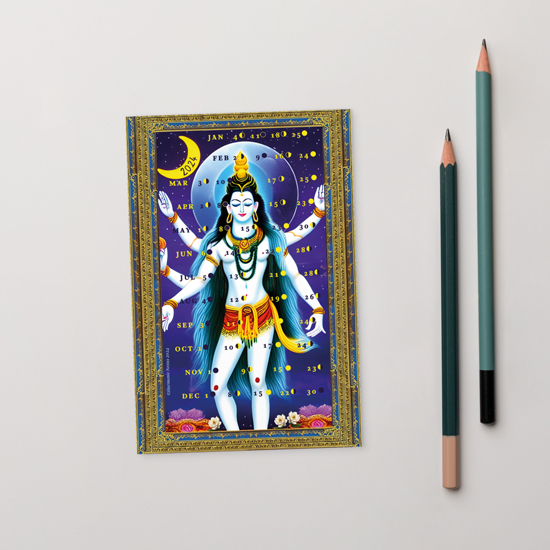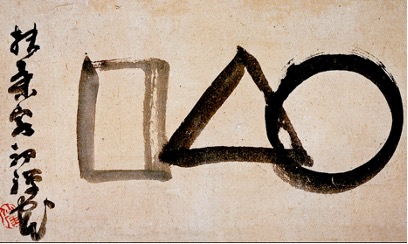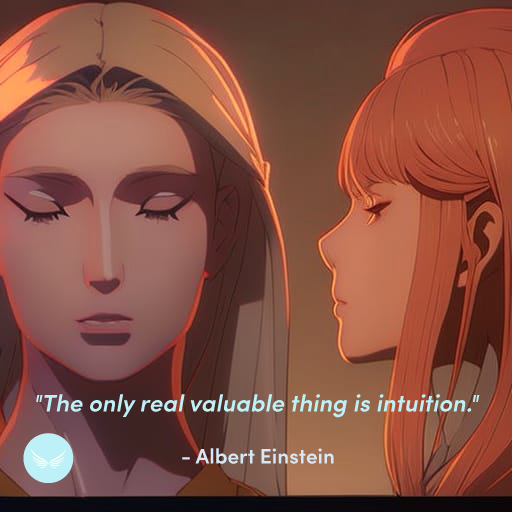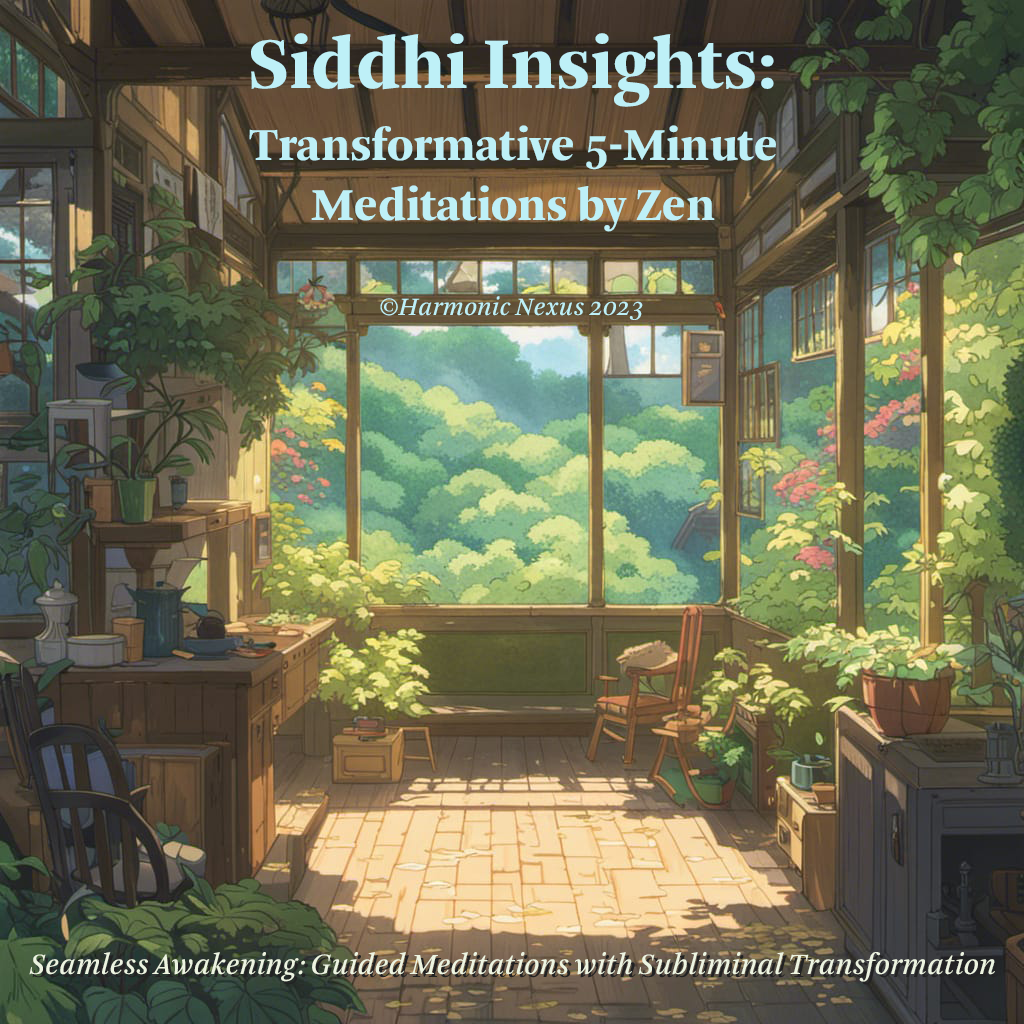Your cart is currently empty!

Honoring the Moon, Exploring Spiritual Cultures and the Lunar Calendar
Throughout history, diverse spiritual cultures around the world have revered the Moon as a symbol of cycles, rhythms, and spiritual significance. From ancient civilizations to modern-day practices, the lunar calendar has played a central role in shaping rituals, festivals, and spiritual observances. This article delves into the rich diversity of spiritual traditions that honor the Moon through the lunar calendar.
The Lunar Calendar and Spiritual Significance
The lunar calendar, based on the cycles of the Moon, differs from the Gregorian calendar commonly used today. It follows the phases of the Moon, with each lunar cycle lasting approximately 29.5 days. For many spiritual cultures, the phases of the Moon hold deep symbolic meaning, representing aspects of creation, transformation, and renewal.
Ancient civilizations such as the Sumerians, Egyptians, and Mayans developed intricate lunar calendars to track time and organize religious festivals. In these cultures, the Moon was often associated with deities or cosmic forces, influencing agricultural practices, fertility rites, and celestial observations.
Spiritual Practices and Moon Phases
Across various spiritual traditions, each phase of the Moon holds unique significance and is often marked by specific rituals or observances:
New Moon
Symbolizing new beginnings and fresh starts, the New Moon is a time for setting intentions, planting seeds, and envisioning goals. Many spiritual practitioners engage in meditation, journaling, or ritual ceremonies to harness the energy of new possibilities.
Waxing Moon
As the Moon grows in illumination, the Waxing Moon phase is associated with growth, expansion, and manifestation. Practices such as spellwork, visualization, and goal-setting are common during this time, as individuals work towards materializing their desires.
Full Moon
The Full Moon represents the peak of lunar energy, illuminating the night sky with its radiant glow. It is a time of heightened intuition, clarity, and spiritual insight. Many cultures hold ceremonies, gatherings, or meditations during the Full Moon to harness its potent energy for healing, release, and manifestation.
Waning Moon
As the Moon wanes in illumination, the Waning Moon phase is associated with letting go, release, and surrender. Spiritual practitioners often engage in rituals for releasing negative energy, breaking bad habits, or releasing emotional burdens during this time.
Spiritual Cultures & Lunar Festivals
Numerous spiritual cultures around the world celebrate lunar festivals and observances that honor the Moon’s cycles:
Chinese Mid-Autumn Festival (Zhongqiujie)
Also known as the Moon Festival, this ancient tradition celebrates the abundance of the autumn harvest and the beauty of the full moon. Families gather to enjoy mooncakes, lanterns, and cultural performances, paying homage to the lunar deity Chang’e.
Purnima
In Sanataba Dharma, Purnima refers to the Full Moon day of each lunar month. It holds spiritual significance, with devotees observing fasting, prayers, and acts of charity to honor the divine energies associated with the Full Moon.
Esbat Rituals
Within contemporary Wiccan and Pagan traditions, Esbats are monthly rituals held during the Full Moon to honor lunar deities, conduct spells, and connect with the cycles of nature. These ceremonies often involve meditation, chanting, and spellcasting under the moonlit sky.
Islamic Culture
In Islamic tradition, the lunar calendar, known as the Hijri or Islamic calendar, is used to determine religious holidays and observances. The Islamic calendar is based on the cycles of the Moon, with each month beginning at the sighting of the new crescent Moon. The month of Ramadan, a sacred time of fasting and spiritual reflection, begins with the sighting of the new Moon.
Japanese Culture
In Japan, the Moon holds cultural significance and is celebrated during the Tsukimi (Moon-viewing) festival, held in autumn when the full Moon is at its brightest. During Tsukimi, people gather to admire the beauty of the Moon, decorate their homes with pampas grass and moon-shaped decorations, and enjoy traditional foods such as rice dumplings.
Korean Culture
Similar to Japan, Korea also celebrates the beauty of the Moon during the Chuseok festival, also known as the Korean Thanksgiving. Chuseok is a time for honoring ancestors, giving thanks for the harvest, and enjoying traditional foods. Families often gather to share meals and participate in activities such as folk games and moon-gazing.
Native American Cultures
Various Native American tribes have lunar traditions that are deeply intertwined with their spiritual beliefs and practices. For example, the Lakota people hold Moon ceremonies, such as the Thanka (Gratitude) Moon ceremony, to express gratitude for the Earth’s gifts and seek blessings for the community. The Cherokee tribe also has lunar rituals, including the Green Corn Moon ceremony, which celebrates the ripening of corn and the abundance of the harvest.
African Traditions
Many African cultures have lunar rituals and ceremonies that honor the Moon as a symbol of fertility, protection, and spiritual guidance. For example, the Yoruba people of Nigeria perform lunar rituals to invoke the blessings of the Orisha (deities) and seek guidance from ancestral spirits. The Dogon people of Mali also have lunar traditions, including rituals related to agriculture, initiation rites, and spiritual healing.
Mayan Civilization
The ancient Mayans of Mesoamerica had a sophisticated understanding of astronomy and developed a complex lunar calendar known as the Tzolk’in. They built temples and observatories aligned with the movements of celestial bodies, including the Moon. Lunar phases were integral to Mayan religious ceremonies, agricultural practices, and divination rituals.
Polynesian Cultures
Throughout the islands of the Pacific Ocean, Polynesian cultures have deep-rooted lunar traditions. In Hawaii, for example, the Moon is revered in chants, songs, and hula dances that honor lunar deities such as Hina, the goddess of the Moon. Traditional lunar calendars were used to track fishing seasons, planting cycles, and cultural festivals.
Tibetan Buddhism
Within Tibetan Buddhist tradition, lunar phases are considered auspicious times for spiritual practice and merit accumulation. Monasteries and practitioners observe lunar cycles for conducting rituals, retreats, and teachings. Full Moon days, in particular, are celebrated with offerings, prayers, and meditation practices to accumulate positive karma and purify negative influences.
Australian Aboriginal Cultures
Indigenous Australian cultures have intricate Dreamtime stories and rituals that incorporate lunar symbolism. The Moon is often associated with ancestral spirits, creation myths, and seasonal cycles. Aboriginal communities hold ceremonies, known as Corroborees, that include dances, songs, and storytelling to honor the Moon and connect with the spiritual realm.
Celtic Tradition
In Celtic spirituality, the Moon holds significance as a symbol of the divine feminine and the cycles of nature. Celtic festivals, such as Samhain, Beltane, and Imbolc, are timed according to lunar phases and mark important seasonal transitions. Practices such as moon-worship, divination, and herbal medicine were integral to Celtic spiritual beliefs.
Inuit Culture
Indigenous peoples of the Arctic, such as the Inuit, have lunar traditions tied to hunting, navigation, and survival in harsh environments. The Moon’s phases were observed to track the migration patterns of animals, determine optimal hunting times, and navigate across frozen landscapes. Inuit mythology also includes lunar deities and stories that explain the origins of the Moon.
Indigenous Traditions
Many indigenous cultures around the world have deep-rooted lunar traditions, honoring the Moon as a source of guidance, protection, and spiritual nourishment. Rituals such as moon dances, drum circles, and vision quests are performed to connect with the lunar energies and seek wisdom from the ancestors.
Tantric Rituals
In Tantra, the Moon is revered as a symbol of Shakti, the divine feminine energy. Tantric rituals often involve lunar meditations, mantras, and yantras to awaken Kundalini energy and cultivate spiritual transformation. The Full Moon is considered an auspicious time for tantric practices, as the lunar energy amplifies the potency of rituals.
Yogic Practices
In yoga philosophy, the Moon is associated with the ida nadi, one of the three main energy channels in the body. Yogic practices such as Chandra Namaskar (Moon Salutation) and lunar pranayama are performed to balance lunar energies, cultivate inner calm, and enhance receptivity to spiritual insights. Yogis also observe fasting and meditation during specific lunar phases to align with the natural rhythms of the Moon.
Sikhism
In Sikhism, the lunar calendar, known as the Nanakshahi calendar, is used to determine the dates of religious festivals and observances. The Gurpurab, or birth anniversary, of Guru Nanak Dev Ji and other Sikh Gurus is celebrated according to the lunar calendar, particularly during the full moon.
Inca Civilization
The ancient Inca civilization of South America had a deep reverence for celestial bodies, including the Moon. The Inca calendar, based on lunar and solar cycles, guided agricultural activities, religious ceremonies, and governance. The Moon was associated with fertility, agriculture, and the divine feminine.
Romani Culture
The Romani people, also known as Gypsies, have lunar traditions rooted in their nomadic lifestyle and spiritual beliefs. Lunar phases were observed for auspicious times for travel, trading, and communal gatherings. The Moon was also associated with fortune-telling, magic, and divination practices among Romani communities.
Māori Culture
Indigenous Māori culture of New Zealand has deep connections to celestial bodies, including the Moon. Lunar phases were integral to Māori agriculture, fishing, and navigation. Traditional Māori rituals, such as karakia (prayers) and waiata (songs), honored the Moon and acknowledged its influence on daily life.
Buddhism in Southeast Asia
In countries such as Thailand, Laos, Cambodia, and Myanmar, Buddhist lunar traditions are prevalent. Lunar observances, such as Uposatha days, are marked by fasting, meditation, and temple visits. Monks and lay Buddhists gather during the Full Moon and New Moon to recite sutras, make offerings, and renew their spiritual vows.
Shintoism
In Japan, Shintoism, the indigenous religion, reveres natural elements, including the Moon. Moon-viewing ceremonies, known as Tsukimi, are held at Shinto shrines and in private homes to express gratitude for the harvest and seek blessings for the coming season. Offerings of rice cakes and seasonal fruits are made to honor the Moon.
Mesoamerican Cultures
In addition to the Mayans, other Mesoamerican cultures such as the Aztecs and the Olmecs had significant lunar traditions. The Aztec calendar, known as the tonalpohualli, integrated lunar cycles with solar cycles to guide religious ceremonies, agricultural activities, and societal events. The Moon was associated with deities such as Coyolxauhqui, the Aztec goddess of the Moon.
Filipino Culture
In the Philippines, lunar traditions are observed in various indigenous practices and folklore. Lunar phases were traditionally used to determine planting and fishing seasons. Lunar eclipses and other celestial events were interpreted as omens or signs, influencing cultural beliefs and superstitions.
Balinese Sanatana Dharma
In Bali, Indonesia, Sanatana Dharma lunar traditions are deeply ingrained in daily life and religious ceremonies. The Balinese calendar, known as the Pawukon calendar, combines lunar and solar cycles to determine auspicious dates for temple festivals, rituals, and cultural celebrations. Full Moon and New Moon days are particularly significant for temple ceremonies and offerings.
Indigenous Siberian Cultures
Indigenous peoples of Siberia, such as the Evenki, Yakuts, and Chukchi, have lunar traditions rooted in shamanic practices and animistic beliefs. The Moon was regarded as a powerful spirit or deity, influencing hunting, reindeer herding, and spiritual ceremonies. Lunar calendars were used to track seasonal changes and lunar phases.
Iranian Culture
In Iran, the lunar calendar, known as the Persian calendar or Jalali calendar, is used alongside the Gregorian calendar for religious and cultural purposes. The Persian New Year, known as Nowruz, is celebrated on the vernal equinox and marks the beginning of spring according to the lunar calendar. Nowruz festivities include rituals, feasting, and family gatherings.
Norse Mythology
In Norse mythology, the Moon was associated with the goddess Mani, who was believed to guide the Moon across the night sky. Lunar phases and eclipses were interpreted as signs of cosmic events and were incorporated into Norse mythology and folklore.
Across cultures and spiritual traditions, the Moon serves as a powerful symbol of cosmic energy, cycles, and spiritual transformation. The lunar calendar, with its phases and rhythms, provides a framework for honoring these sacred cycles and aligning with the natural flow of life. By engaging in rituals, ceremonies, and festivals that honor the Moon, individuals can deepen their spiritual connection, cultivate inner wisdom, and celebrate the beauty of the cosmos.
As we navigate life’s ebbs and flows, join us in celebrating the beauty of the lunar calendar, now available for digital download or as a postcard, embrace cosmic connection, timeless guidance and spiritual growth. Happy Lunar New Year!
Auto Amazon Links: No products found.
-

Enhancing Spiritual Practice with Koans, Ancient Wisdom for Modern Times
-

🌟 Embrace the Power of Intuition 🌟
-

🌟 Unlock a world of intuitive wisdom 🌟
-

Test Your Precognition




Leave a Reply